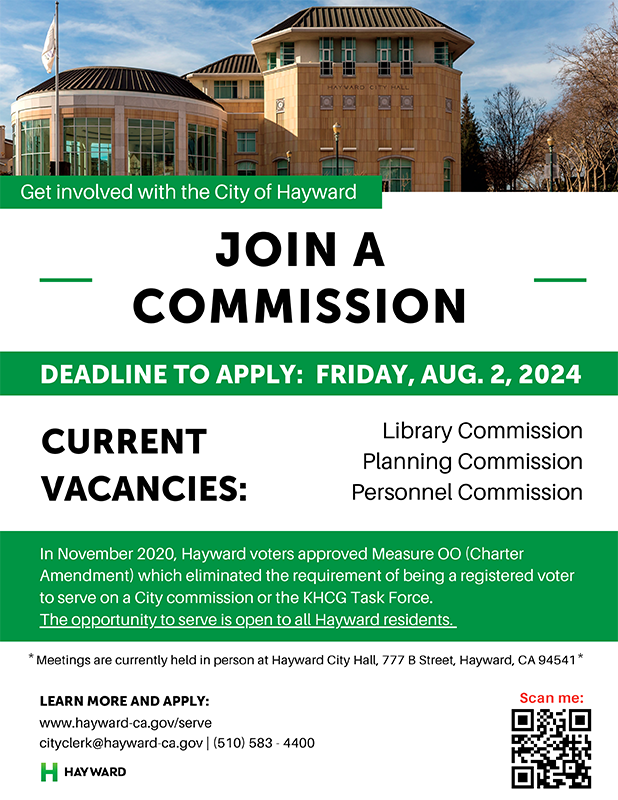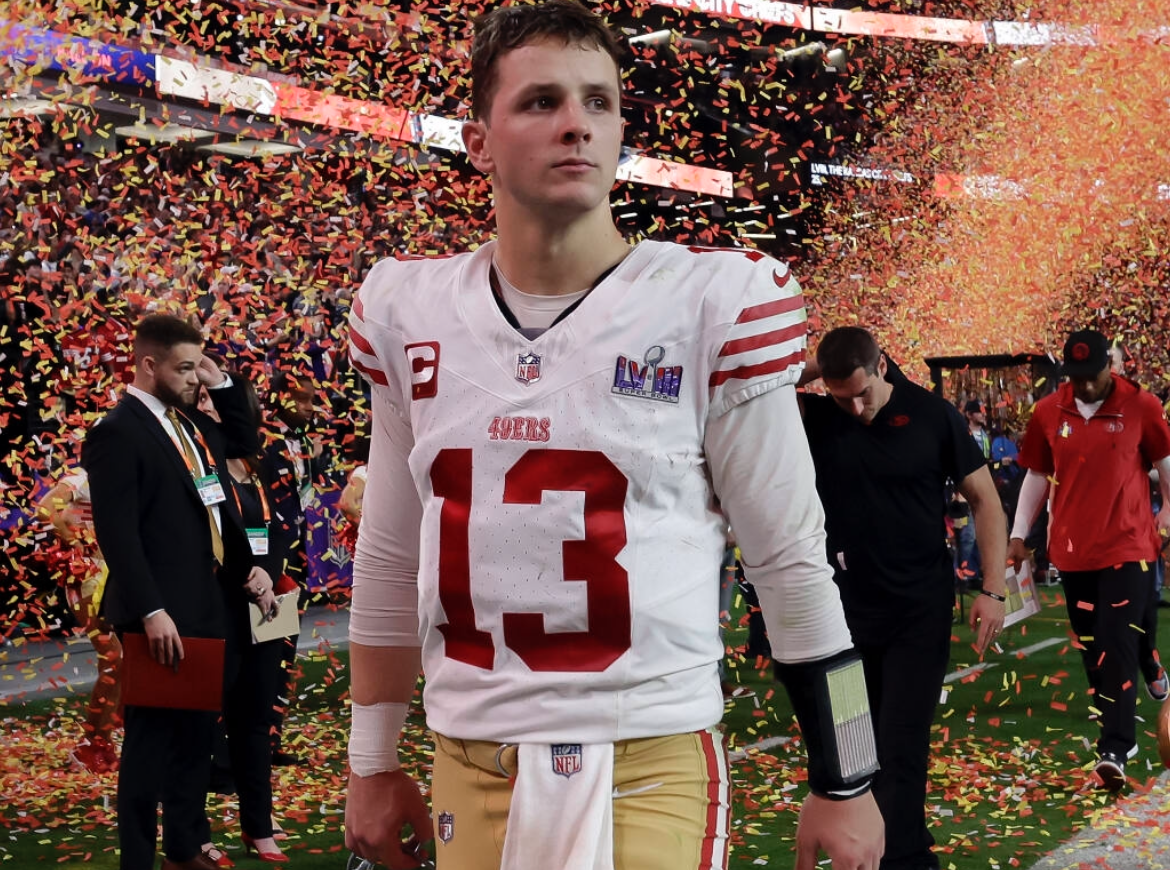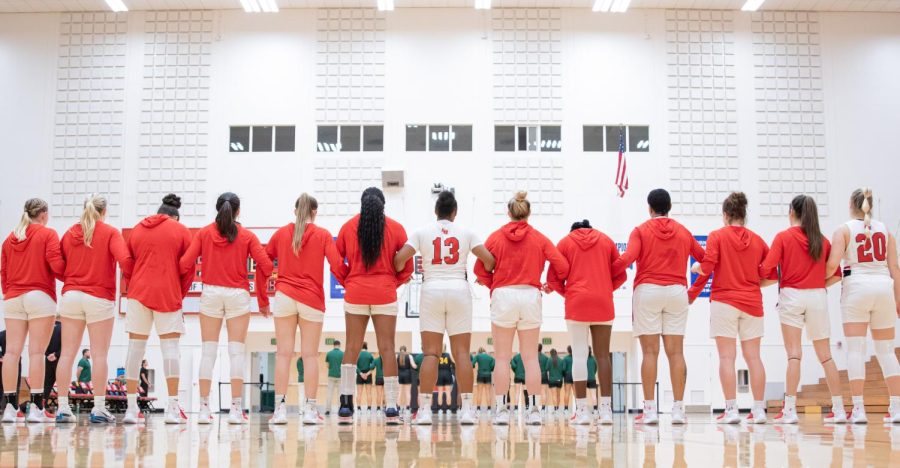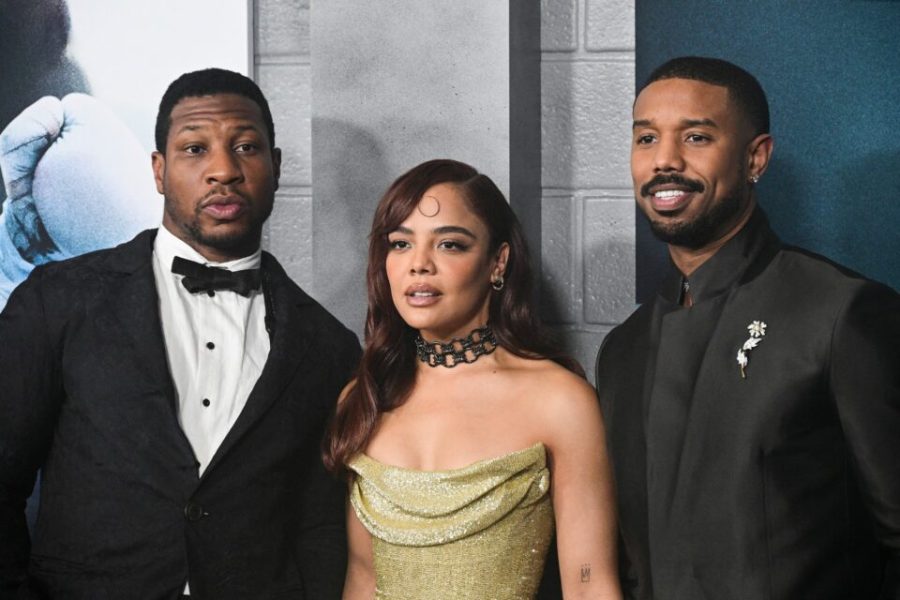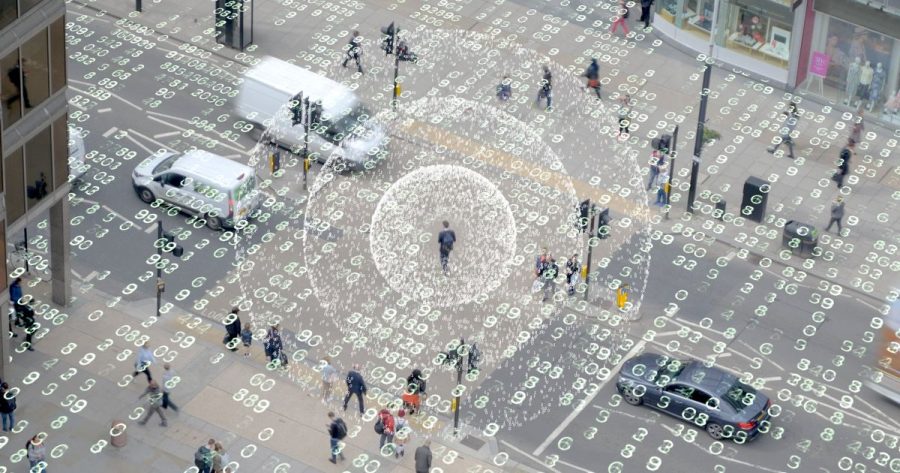One of the newest Museums of San Francisco is a look at the life of one of the world’s biggest imaginations. The Walt Disney family museum has 10 exhibits, telling the life story of the creator of the Disney franchise, Walter Elias Disney.
Disney’s life, from his childhood to his death is profiled through his artwork, photographs and personal belongings.
Located in the beautiful Presidio district of San Francisco, the Walt Disney Family Museum opened its doors in October, 2009 and since then has been a very popular destination for Disney fans. A lot of the museum’s collection once belonged to Walt Disney’s daughter, Diane Marie Disney. Although there is enough in her collection for two museums, Diane wanted all of her father’s most precious belongings in one place. Disney often vacationed in San Francisco, and loved the weather and the coast. Diane and the Disney Family foundation decided to house all of Disney’s special belongings in one of his favorite vacation spots. The museum has several family photos, with captions written by Diane, giving the exhibits a more personal and intimate feel. Disney movies and theme parks have a reputation for attention to detail, and this museum does not disappoint in that regard.
The museum is two stories and takes visitors anywhere from one to four hours to walk through. The museum begins behind the ticket desk in the main lobby. Here, visitors start to get a feel for the types of items they will be looking at. Disney’s academy awards, drawings and keepsakes are displayed here as well as the original furniture from the apartment Disney lived in when Disneyland was being built in 1954.
Connected to the lobby is the first exhibit, titled “Beginnings.” Here, visitors can learn about Disney’s parents, who were poor working class farmers. There are several photos on display of Disney as a child. It is an inspiring feeling to see the face of a poor little boy, only to know what he would later create.
One of the most exciting parts of this museum is the 2nd exhibit, titled “Hollywood,” where Disney’s initial ideas of Mickey Mouse began. Behind a thick pane of glass is Disney’s first ever sketch of the most recognized mouse in the world. Little did Disney know that this was the start of the biggest entertainment franchise of all time.
There is an astonishing amount of Mickey Mouse memorabilia, but that is not to be outnumbered by the concept art for all of Disney’s early films. Snow White, Bambi and Fantasia all have their own display cases, featuring animation cells, first sketches and collectible toys and merchandise from the initial release.
Contrary to popular belief, the museum is not designed for children. There are a few things visitors are allowed to touch, but most of the museum is made of displayed exhibits with lots of reading. The ideal guest to this museum is not someone who is interested in learning about Mickey Mouse, Disneyland or any particular Disney film. Although these things are touched on, they are not the main concentration of this museum, which is the man himself.
The museum doesn’t make Disney himself or his career look anywhere near perfect. Tucked in a small hallway behind the biggest room in the museum are replica signs of the strike Disney employees started in the 1940s. Disney believed the strike was a communist organized movement, which severed his ties permanently with his original animation staff. Following this is a collection of Disney’s souvenirs from his travels around the world, with posters of war propaganda from World War II. These messages of nationalism and anti communism are a rare look at Disney’s anti-communist views. The everyday Disney fan is not used to seeing these characters that are commonly associated with fun, sillyness and laughter look serious and be the face of political propaganda.
Aside from the politics involved, the overall message is a positive one, showing Disney in a light that seems admirable. The progression of exhibits follow the timeline in his life where Disney made his dream of making animated films happen. Disney is a source of inspiration for many illustrators and artists because of his humble beginnings and the empire he was able to create.
Although the museum is centrally about Disney, this isn’t to say that America’s most popular theme park isn’t a part of the exhibits. Disney’s ideas for creating Disneyland along with his initial planning stages are exhibit 9 titled, “The Big Screen and Beyond.” Visitors are brought to this exhibit by walking down a narrow hallway with floor to ceiling windows, with a picturesque view of the Golden Gate Bridge outside. This transcends into Disney’s next venture, which is the connection to his ultimate success: the creation of Disneyland. This room is a build up to the museum’s centerpiece: an enormous scale model of Disneyland on opening day. Here, museum guests can see this model from all sides and examine just how the park has changed since 1955. Magnificent details and the overwhelming craftsmanship make this model the place where guests spend most of their time, along with the special memories and connections many people have with Disneyland.
Along with looking at handmade models, visitors can learn more about the animation process thorough the museum. Guests are told that a wall covered with 8.5×11 sketches of a Mickey Mouse cartoon is approximately three seconds of film, putting into perspective how many hand made sketched needed to be made to make a short five minute cartoon. Nearby, there is another interactive display which demonstrates how sound effects were added to 1930s and 40s cartoons. Lastly, a large camera focused on multiple frames shows the original way dimension was added to early animation features.
The conclusion of this museum is very heartfelt and is meant to be uplifting, but like any good Disney movie, it’s a bit of a tearjerker. The second to last room shows a replica of a 1960s television set with the original news footage reporting that Disney had died. Artwork lines the wall parallel to the newscast. These pieces are reactions to the news of Disney’s death from artists all over the world.
Finally, guests are brought into a white room, where footage of Disney, his family and his films are projected from several different places all at once, with quotes about Disney’s character and imagination from his family and friends alongside, accompanied by soft symphony music. This ending generates a lot of different emotions in people – some are smiling, and others are crying. A museum staff member in a blue jacket stands with tissues in her pocket, giving them to those that shed tears.
The Walt Disney Family Museum isn’t about the perfect man who had all his dreams come true. It tells the story of a young man who worked hard to get what he wanted out of life. There were many times when Disney was told he couldn’t do what he wanted to do by those higher than him, however he pushed on to become one of the most famous moguls of all time. He may not have been Prince Charming, but he created a franchise of movies, cartoons, and theme parks that have made countless people happy.
The Walt Disney Museum Tells the Life Story of an Icon By Ashley Matuszak A&E Editor
July 26, 2010
Leave a Comment
More to Discover




